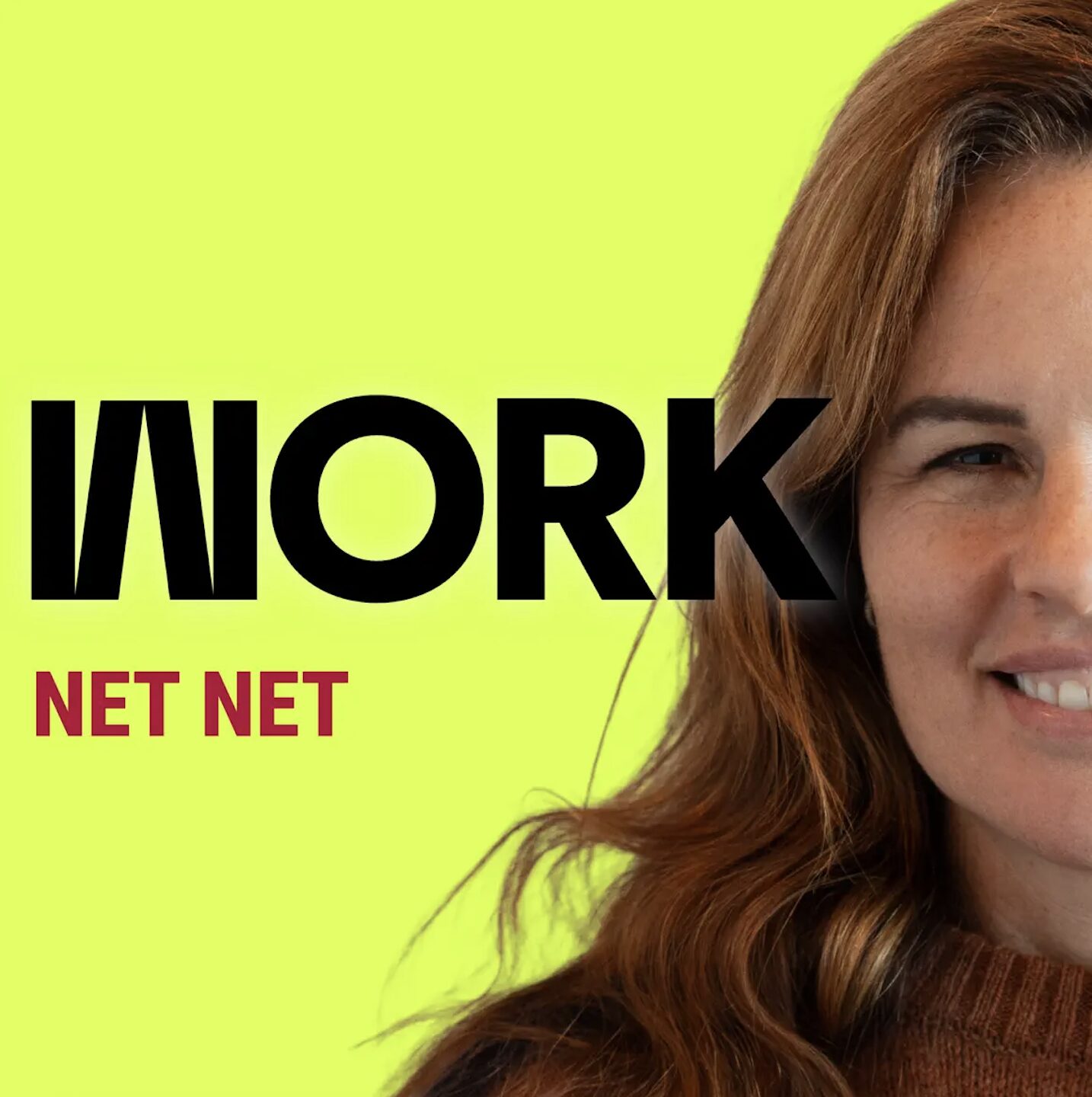
Erika Ayers Badan: Women in the Workplace Wake-Up Call
This headline somehow feels both shocking and completely unsurprising. The McKinsey and Lean In Women in the Workplace study is out, and the takeaway is…
Thought Leader: Erika Ayers Badan
This transcript has been edited for clarity.
Eric J. Topol, MD: Hello. This is Eric Topol, and with me is Abraham Verghese. In this episode of the Medicine and the Machine podcast, we have a very special guest, Dr Caitlin Rivers from Johns Hopkins. Caitlin is one of the leading lights for the pandemic. We’re looking forward to talking with her about her views. She is known in the community for having some of the most clear-eyed, balanced views and really great optimism that keeps us going. Caitlin, welcome.
Caitlin M. Rivers, PhD: Thanks so much for having me.
Topol: A little bit of background, because you have really been so extraordinary to help keep us informed and also give us that critical balance in a time of crisis. I know you did your undergraduate degree at the University of New Hampshire, and you were at Virginia Tech — is that right?
Rivers: Yes.
Topol: You have both a master’s in public health and a PhD. When did you get to Johns Hopkins?
Rivers: In 2017. I finished my PhD in 2015, and then I went to work for the military for a couple years as an epidemiologist, and then on to Hopkins in 2017.
Topol: It’s really striking that in such a short time you’ve developed a background in MERS and Ebola, and you’re testifying to Congress. You’re putting together the reports, the blueprints, of how we should deal with the pandemic. You’re a go-to on Twitter and social media. It’s just fantastic how much you’ve been contributing. Before I start to get too deep into it, let me get Abraham to weigh in here.
Abraham Verghese, MD: I just want to echo what Eric said. It’s such a pleasure to have you and watch what an influence you’ve had on the national scene, along with our previous guest on this show, Natalie Dean, who I think is a pal of yours.
I’m struck by the fact that we have more people going into medicine than ever before, more medical students. I think you have also made epidemiology sexy. I suspect that we’re going to see a lot of budding epidemiologists because of your example.
Maybe, Eric, we can start by asking Caitlin, “Why epidemiology?”
Rivers: I have always wanted to be an epidemiologist. I don’t think I have a great origin story. It’s just always appealed to me. Our school motto at the Johns Hopkins Bloomberg School of Public Health is “saving lives millions at a time,” and I think that’s such a beautiful way to think about public health and the important work that we do.
But it’s funny you mention the different epidemics that I’ve worked around. When I first started my PhD and decided to focus on emerging infectious diseases, I was a little worried that there wouldn’t be enough events to earn a PhD. Unfortunately, that has not been the case, and it continues to be a pretty thriving field. Epidemics, pandemics — they keep us busy.
Topol: No question about it. Right now, especially. You, in many ways, were early on providing guidance. One of the things that struck me — it seems like ages ago, but I think it was in March or April — you co-authored a report about reopening. It was so lucid, succinct, and it basically gave the steps. Can you review that and what happened next?
Rivers: This was a report that we published at the end of March. It actually came out the same week that many states were issuing stay-at-home orders. It was basically intended as a roadmap to say, how do we get out of this? How do we move from stay-at-home orders to being able to reincorporate community activities and regain control of the pandemic?
The major recommendation that we had is that you need to bring down community transmission through actions that we all have to take — stay-at-home orders, mask use. Once you get community transmission down to a place where you can manage, we move to what we call case-based interventions: diagnostic testing, contact tracing, and supported isolation and quarantine.
At some point, there would be a handoff where you could transition from everyone having to take these restrictive measures to something that’s more flexible, where public health officials are really able to do much of the containment and really break chains of transmission. We laid out the steps and the indicators for how you would want to make that transition.
Topol: What happened? It seemed like none of the states took on the guideline. It seemed so logical, and that if we all did that, we wouldn’t be in this mess that we’re in right now.
Rivers: There were a couple of major obstacles, some technical and some political. I think there was an enormous amount of pressure on political leaders to reopen the economy and to reintroduce those activities more quickly than public health may have been ready for. I think that was largely an observation of the fact that there are many negative economic consequences to the stay-at-home orders that we were having to observe. Those pressures were very real.
But unfortunately, at the same time, public health, while trying as hard as they could to scale up those capacities — to hire contact tracers, to roll out more diagnostic testing — they were not able to get to the levels needed to meet the political leaders where they wanted to reopen. There was a bit of a missed handoff.
I worry sometimes that we landed in an unhappy middle where we weren’t really able to recoup a lot of our economic activity, but we were also not really able to regain control of the pandemic. That, I think, is a missed opportunity.
As I always say on my Twitter feed, which you referenced, there’s always time to change course. We can always chart a better course and end up where we need to be. That’s where I keep trying to push us.
Erika Ayers Badan: Women in the Workplace Wake-Up Call
This headline somehow feels both shocking and completely unsurprising. The McKinsey and Lean In Women in the Workplace study is out, and the takeaway is…
Thought Leader: Erika Ayers Badan
Dr. Sanjay Gupta: Why Haven’t We Cured the Common Cold?
The average person gets two to four colds a year. With all the missed school and work, that adds up to an economic impact of…
Thought Leader: Sanjay Gupta
Niall Ferguson on the Logic Behind America’s New Worldview
Niall Ferguson argues that the media reaction to President Trump’s new National Security Strategy (NSS) says more about elite assumptions than about the document itself.…
Thought Leader: Niall Ferguson

